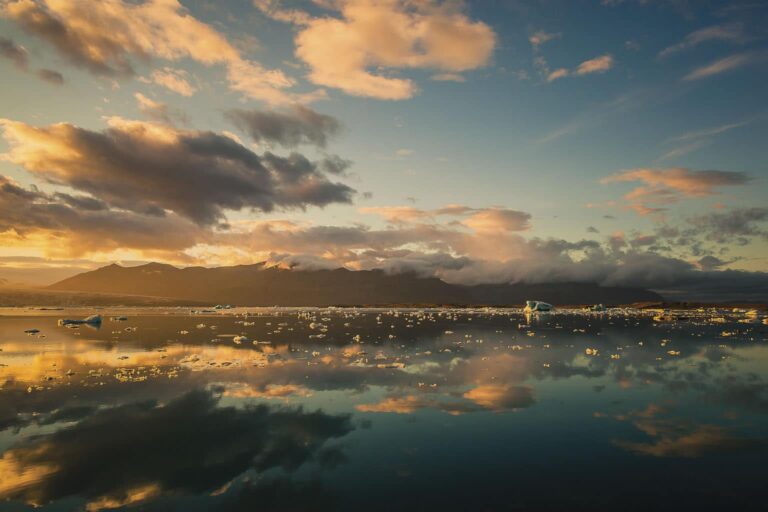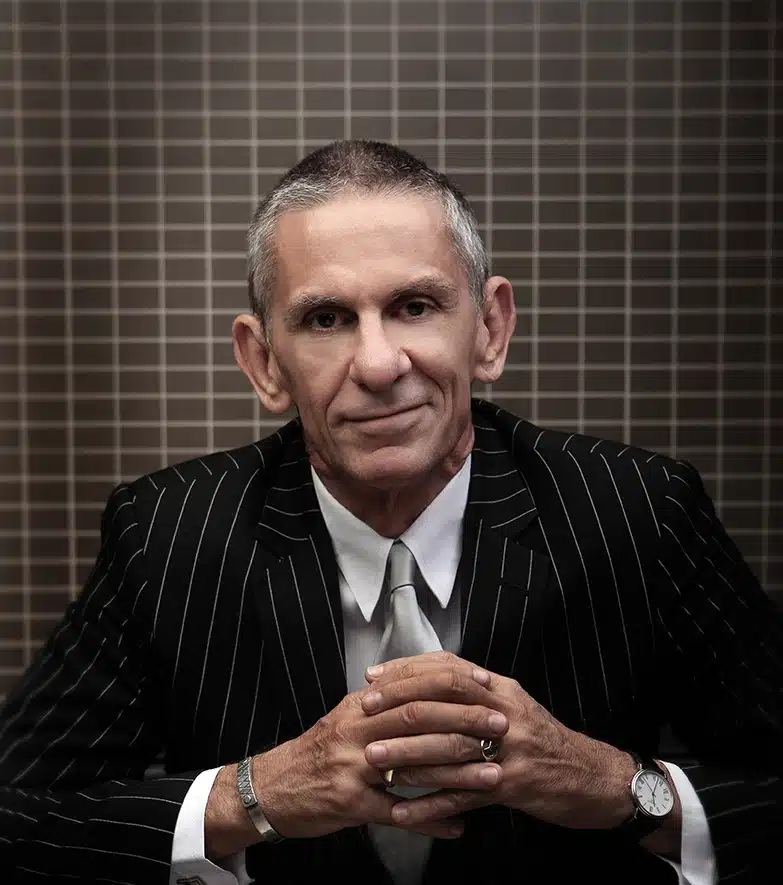PEOPLE
The Mother Of Invention

WORDS: Chris Nyst PHOTOGRAPHY Supplied
The climate change debate has been going on for a long time.
One afternoon back in the early 1970s, when I was a fresh-faced young student at the University of Queensland, I went to see a long-haired, visiting academic from a Southern university, deliver an on-campus lecture about the polar ice caps.
In those days, it seemed to us kids like the whole world was changing, in every conceivable way. The Kennedys and MLK, the Summer of Love, even the Beatles themselves, were all gone, and the Bomb, the Wall and the Vietnam War were hovering over us, like a dark, ugly shadow.
Now, to top it all off, I found myself listening to an erudite speaker informing his audience of a new, scary and imminent crisis, an existential threat to the whole of mankind. Global warming.
According to the hirsute professor, the world was heating up – fast – and that was causing the polar ice caps to melt, which meant pretty soon all the ice and snow on the north and south poles, and on the top of mountains everywhere, all round the world, was going to start turning into water and running down into our oceans, pushing sea-levels right up through the roof, and eventually flooding the whole world completely. We were staring down the barrel of global inundation – a second Great Flood of similarly biblical proportions.
At the time, it was all shocking news to a young uni student like me. Like most people at that time, I guess, I knew nothing of melting ice caps or rising sea levels. But a whole lot has changed in the past fifty years.
In 2006, the former US Vice President Al Gore’s powerful documentary film, An Inconvenient Truth, put global warming and the perils of impending climate change at the centre of mainstream public debate throughout the world. Today, with floods, fires and torrential rains ravaging Europe in 2023, and a host of countries around the world besieged by devastating weather events of all shapes and sizes, climate change is the catchcry on everyone’s lips.
In July this year, the southwestern US city of Phoenix, Arizona, shattered records by registering temperatures above 43 degrees Celsius for 41 days in a row. The United Nations’ World Meteorological Organisation called it the hottest month ever, worldwide, claiming temperatures were 1.5 degrees warmer than in pre-industrial times. The WMO went on to warn that ongoing shifts in the planet’s climate patterns will increase the likelihood of extreme weather events re-occurring, and the severity of them as well, calling for countries around the globe to drastically reduce their carbon emissions.
Global warming is real, and we’re in for a long, hot summer. But there’s nothing new about climate change.
For millions of years, Earth has naturally alternated between ice ages – during which it cools and forms polar ice sheets and alpine glaciers – and greenhouse periods, when it warms, causing the ice sheets to melt and the glaciers to disappear. The current Ice Age – known as the Quarternary glaciation – began about 2.5 million years ago and is still ongoing. But even within that period, there have been shorter glacial and interglacial periods, and other natural events, which have caused huge fluctuations in climate conditions and sea level. During the early Holocene period, between about 19,000 and 7,000 years ago, global warming and deglaciation saw sea levels rise by more than 100 metres, often quite rapidly.
Around 1275, Western Europe and parts of North America entered a period of regional cooling, known as The Little Ice Age, which lasted close to 600 years. The prolonged, bitter cold, and its consequential effect on crop growth, livestock survival and the spread of disease, caused enormous economic and social upheaval.
Meanwhile, during the same period, a climatic phenomenon known as the Maunder Minimum occurred. In the 70 years between 1645 and 1715, for some mysterious reason, solar activity fell to an exceptionally low level. Sunspots on the sun virtually disappeared, resulting in even more drastic climate change.
Of course, back in the early 70s, I knew nothing of any of that. So, having learned from the visiting lecturer the devastating effects of global warming, I was outraged and deeply concerned. However, when I passed on the terrible news to my father, a man then in his forties, who had survived Nazi-occupied, war-torn Europe, to my disquiet he seemed neither surprised nor particularly alarmed.
“A century ago, people were terrified the world’s whale herds were being denuded,” he shrugged, somewhat sanguinely. I didn’t quite see what that had to do with anything, but he went on. “They figured when the whales ran out, there would be no more whale oil to light their lamps, and the whole world would be plunged into permanent darkness.” What? I was still scratching my head when he added, “Life goes on. We find a way.”
I guessed he was right. Due to dwindling whale populations, by the 1860’s chemical products like kerosene had replaced whale oil as the dominant illumination fuel. The first house was lit by an electric light bulb about twenty years later, and by the 1920’s every home had one. Necessity is the mother of invention. Mankind had found a way.
The current rise in global temperature is more rapid than ever, and we are contributing to that. So, for the sake of future generations, we have to reverse that trend. Thanks to mankind’s indefatigable capacity to adapt and to innovate, to strive and survive, with hard work and unwavering resolve we most certainly will.










